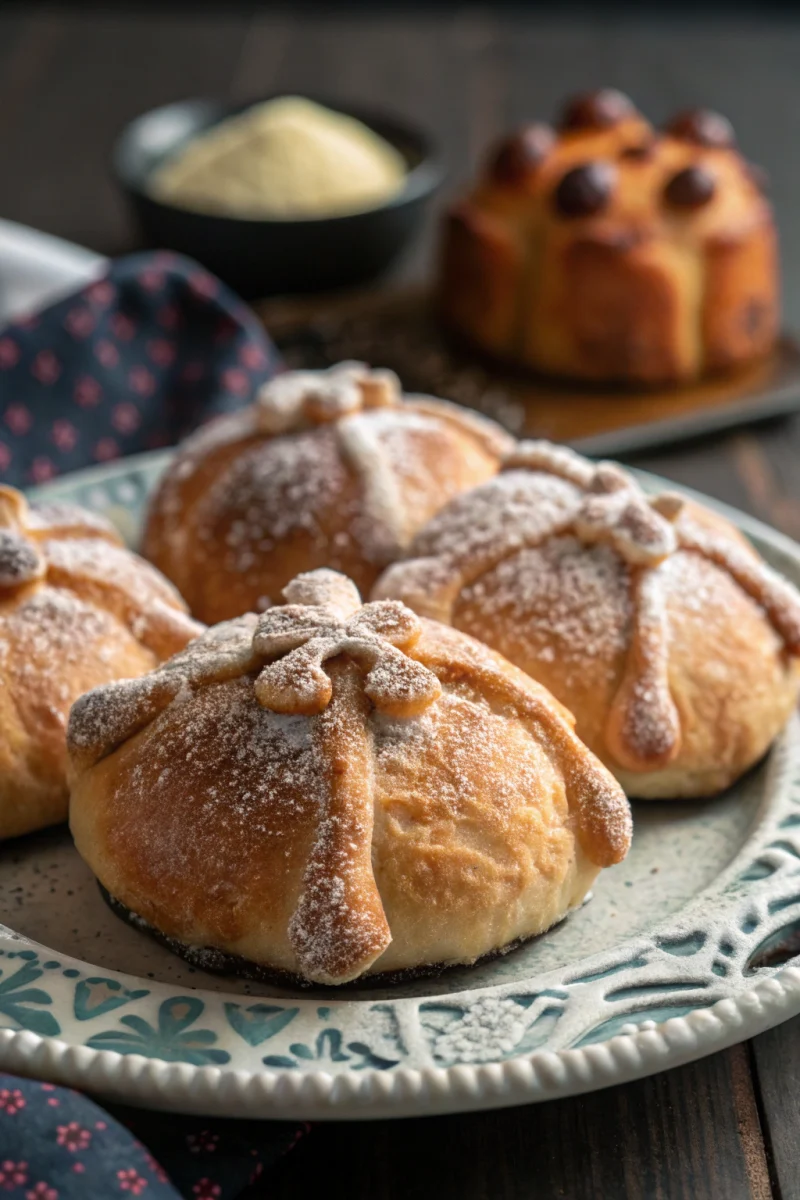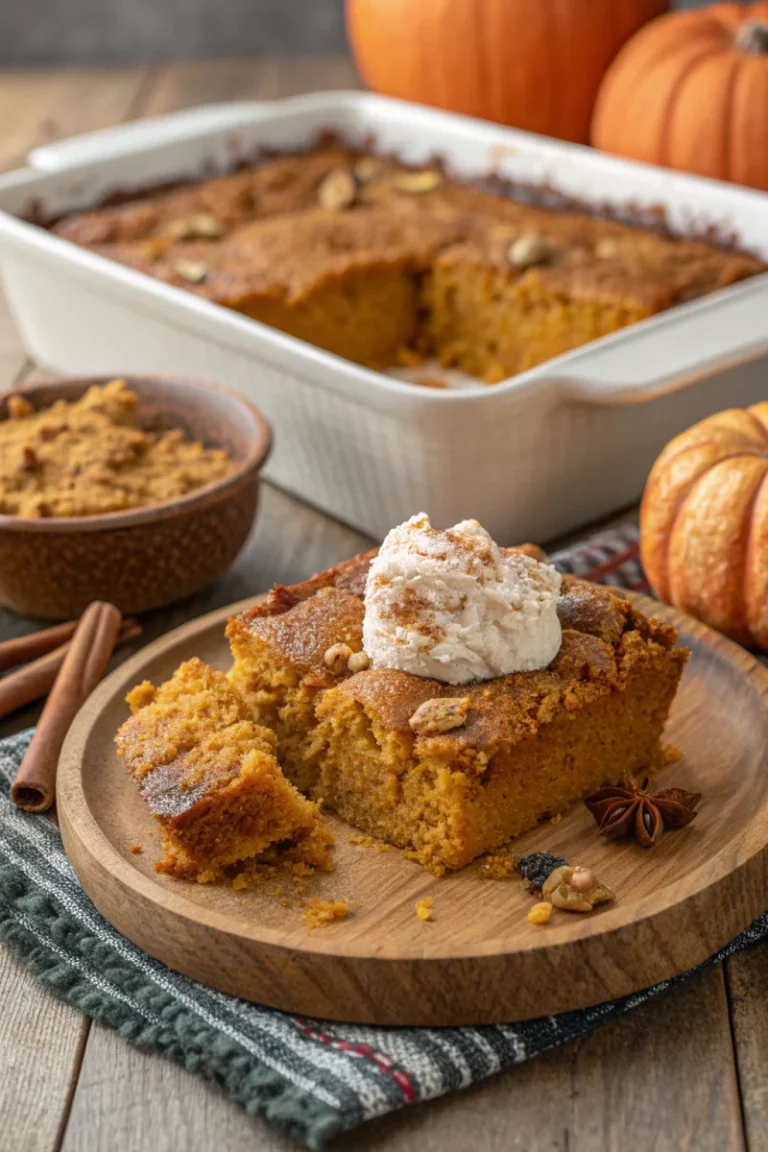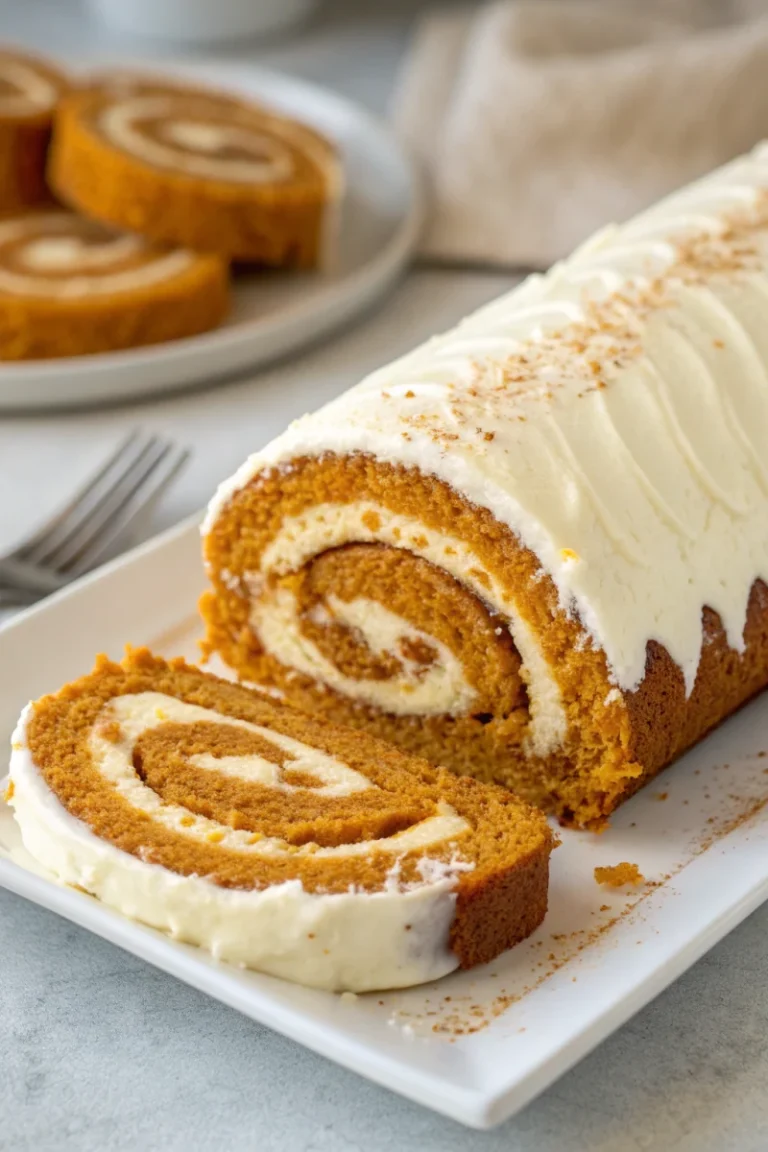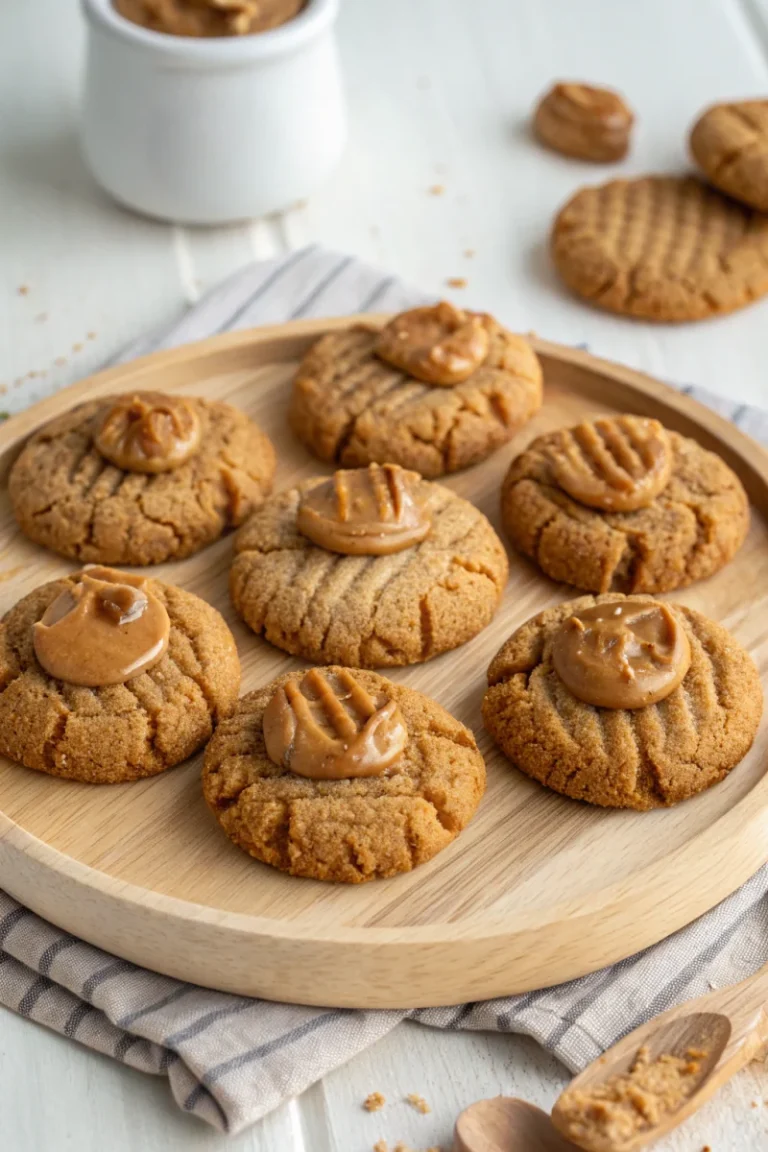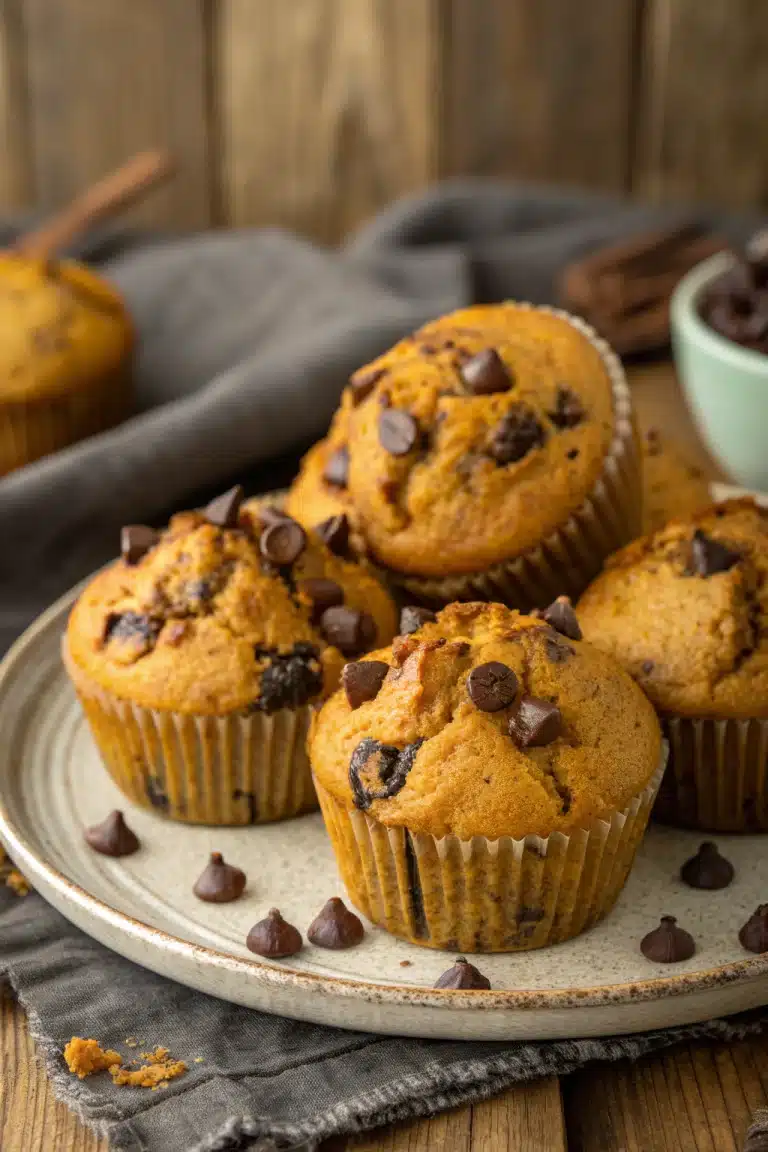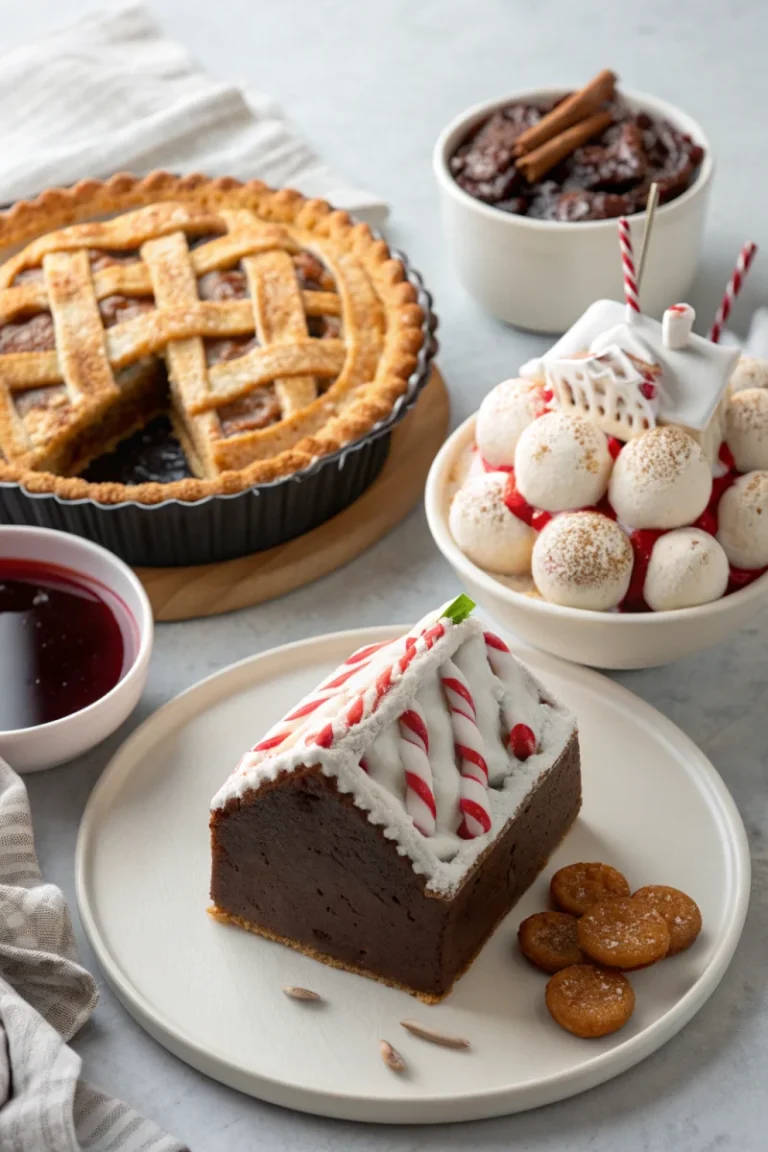Authentic Pan de Muerto Recipe: Celebrate Day of the Dead with This Traditional Bread
Mexican Desserts & Baked Goods — Sweet Traditions for Every Celebration
Mexican Desserts & Baked Goods are much more than just treats; they are a vibrant tapestry woven with history, culture, and flavor. From the intricate artistry of pan dulce to the comforting warmth of churros, this guide delves into the heart of Mexican sweets, offering a comprehensive look at their origins, preparation, and enduring appeal. Whether you’re a seasoned baker or a curious novice, prepare to embark on a delicious journey that celebrates the rich culinary heritage of Mexico.
The Enduring Allure of Mexican Desserts & Baked Goods
Mexican cuisine is globally celebrated for its savory delights, but its sweet side often takes center stage at fiestas, family gatherings, and everyday moments of joy. Mexican Desserts & Baked Goods offer a unique blend of indigenous ingredients, Spanish influences, and regional variations, creating a diverse and irresistible category of culinary art. These sweets aren’t just about satisfying a craving; they’re about storytelling, tradition, and the festive spirit of Mexico, making them an essential part of celebrations and daily life.
Historical Roots and Cultural Significance
The history of Mexican Desserts & Baked Goods is a fascinating blend of pre-Hispanic traditions and colonial influences. Before the arrival of the Spanish, indigenous cultures enjoyed sweets made from corn, agave, fruits, and honey. With the Spanish conquest came new ingredients like wheat, sugar, dairy, and techniques such as baking. Monasteries played a crucial role in developing many iconic Mexican sweets, known for their elaborate preparations and rich flavors. This fusion created a unique culinary landscape that continues to evolve, reflecting Mexico’s multifaceted identity. Today, many desserts carry deep symbolic meaning, often linked to religious holidays or significant cultural events.
Key Influences on Mexican Sweets:
- Indigenous Ingredients: Cacao, vanilla, corn, fruits (tuna, papaya), honey, agave.
- Spanish Introductions: Wheat flour, sugar cane, dairy (milk, cheese), eggs, cinnamon, star anise.
- Monastic Traditions: Nuns were instrumental in perfecting recipes like cajeta, buñuelos, and polvorones, often with European techniques.
Core Categories of Mexican Desserts & Baked Goods
Mexican sweets can broadly be categorized into several delightful groups, each offering a distinct experience.
Pan Dulce (Sweet Bread)
Pan dulce is arguably the most recognizable category of Mexican Desserts & Baked Goods. A staple in every Mexican panadería, these sweet breads come in an astonishing array of shapes, sizes, and flavors. They are typically enjoyed for breakfast or dinner, often dipped in coffee, hot chocolate, or milk.

Popular Pan Dulce Varieties:
- Conchas: “Shells,” identifiable by their striped sugar topping resembling a seashell. The topping often comes in vanilla, chocolate, or strawberry flavors.
- Orejas: “Ears,” similar to French palmiers, made from flaky puff pastry.
- Empanadas: Sweet turnovers filled with fruit (pineapple, guava, apple) or cream cheese.
- Dona: Mexican-style donuts, often glazed or sugar-dusted.
- Marranitos/Puerquitos: “Little pigs,” molasses and spice cookies shaped like pigs, known for their soft, cake-like texture.
- Cuernitos: Croissant-like pastries, sometimes filled with cream or jam.
Postres (Desserts)
This category encompasses a wide range of cooked, chilled, or fried sweets, often served after a meal or enjoyed as a standalone treat.
Iconic Postres:
- Churros: Fried dough pastries, often dusted with cinnamon sugar and served with chocolate or cajeta (caramelized goat’s milk) dipping sauce.
- Flan: A creamy, caramel-topped custard, similar to crème brûlée but with a distinct Mexican flair.
- Arroz con Leche: Sweet rice pudding, usually flavored with cinnamon, vanilla, and sometimes raisins.
- Tres Leches Cake: “Three Milk Cake,” a sponge cake soaked in a mixture of evaporated milk, condensed milk, and heavy cream, then topped with whipped cream and often fruit.
- Buñuelos: Crispy, fried dough fritters, often shaped into discs or rosettes, and typically drizzled with piloncillo (unrefined cane sugar) syrup or dusted with cinnamon sugar.
- Capirotada: A Mexican bread pudding traditionally made during Lent, layered with bread, cheese, piloncillo syrup, nuts, and dried fruits.
- Jericallas: A Guadalajara specialty resembling a crème brûlée or flan, with a slightly firmer texture and a browned top.
- Nieves: Artisanal Mexican ice cream or sorbet, known for intense, natural fruit flavors like mango, tamarind, or chili-mango.
Dulces Regionales (Regional Candies & Sweets)
Many Mexican Desserts & Baked Goods are unique to specific regions, showcasing local ingredients and traditions.
Examples of Regional Sweets:
- Cajeta: A rich, caramelized goat’s milk candy, primarily from Celaya, Guanajuato. It’s used as a spread, filling, or eaten by the spoonful.
- Ate de Frutas: Fruit pastes or jellies, often made from guava, quince, or tejocote, common in Michoacán.
- Cocadas: Sweet and chewy coconut candies or macaroons, popular in coastal regions.
- Glorias: A specialty from Linares, Nuevo León, these are small, chewy candies made from goat’s milk, sugar, and pecans.
- Mazapanes de Cacahuate: Crumbly, sweet peanut candies, often sold in distinctive wrappers.
- Muéganos: Small, fried dough squares glued together with piloncillo syrup, originating from Puebla and Tlaxcala.
- Camotes Enmielados: Candied sweet potatoes, slow-cooked in piloncillo syrup, a traditional treat from Puebla.
Essential Ingredients and Techniques
Understanding the common ingredients and basic techniques is key to mastering Mexican Desserts & Baked Goods.
Key Ingredients:
- Piloncillo: Unrefined whole cane sugar, used in cones or blocks. It imparts a rich, molasses-like flavor.
- Cinnamon (Canela): Mexican cinnamon (Ceylon cinnamon) is softer, sweeter, and more fragrant than cassia cinnamon, commonly used in North America.
- Vanilla: Mexican vanilla is highly prized for its complex, floral aroma.
- Lard (Manteca): Often used in pan dulce and some fried sweets for tenderness and flavor. Vegetable shortening can be used as a substitute.
- Milk and Eggs: Staples for enriching doughs and custards.
- Fresh and Dried Fruits: Guava, pineapple, tejocote (Mexican hawthorn), raisins, and coconut are frequent additions.
- Nuts: Pecans, peanuts, and walnuts are popular for added texture and flavor.
Common Techniques:
- Frying: Many sweets like churros, buñuelos, and often empanadas are deep-fried to achieve a crispy exterior.
- Simmering/Candying: Fruits and grains are often simmered in sugar syrups (piloncillo or refined sugar) to create jams, pastes, or candied treats.
- Baking: From pan dulce to cakes and cookies, baking is fundamental. Mexican ovens often impart a unique character.
- Kneading and Shaping: For pan dulce, precise kneading and artisanal shaping are crucial for texture and visual appeal.
- Soaking: As seen in Tres Leches Cake, soaking cakes in milk mixtures is a signature technique.
Recipe Spotlight: Authentic Mexican Churros
Let’s dive into making a quintessential Mexican dessert: churros. These crispy, sugar-dusted delights are easier to make than you might think!
Ingredients for Mexican Desserts & Baked Goods: Churros
- 1 cup water
- 1/4 cup unsalted butter
- 2 tbsp granulated sugar, plus extra for coating
- 1/4 tsp salt
- 1 cup all-purpose flour
- 2 large eggs
- 1 tsp vanilla extract (optional)
- Vegetable oil, for frying
- 1/2 cup granulated sugar
- 1 tbsp ground cinnamon

Step-by-Step Method
Step 1 — Prepare the Choux Pastry Base
In a medium saucepan, combine water, butter, 2 tbsp sugar, and salt. Bring the mixture to a rolling boil over medium-high heat. Once boiling, remove from heat and immediately add the flour. Stir vigorously with a wooden spoon until a thick dough forms and pulls away from the sides of the pan, forming a ball. Continue stirring for about 1 minute to cook off some of the moisture.
Step 2 — Incorporate Eggs and Vanilla
Transfer the dough to a large mixing bowl (or a stand mixer). Let it cool for 5-10 minutes. This step is crucial to prevent the eggs from scrambling. Add the eggs one at a time, mixing well after each addition until fully incorporated and the dough is smooth and glossy. If using, mix in the vanilla extract. The dough should be thick enough to hold its shape but soft enough to pipe.
Step 3 — Heat the Oil
Pour about 2-3 inches of vegetable oil into a deep, heavy-bottomed pot or Dutch oven. Heat the oil over medium-high heat until it reaches 350-375°F (175-190°C). A thermometer is highly recommended for accurate frying. If you don’t have one, drop a tiny piece of dough in; it should sizzle and float to the surface immediately.
Step 4 — Pipe and Fry the Churros
Transfer the choux pastry dough into a large piping bag fitted with a large star nozzle (a Wilton 1M or 2D works well for ridges and texture). Carefully pipe 4-6 inch strips of dough directly into the hot oil, using kitchen shears or a knife to cut the dough cleanly from the nozzle. Be careful not to overcrowd the pot.
Step 5 — Drain and Coat
Fry the churros for 2-4 minutes per side, or until they are golden brown and cooked through. Using a slotted spoon or tongs, carefully remove the fried churros and place them on a plate lined with paper towels to drain excess oil. While still warm, roll the churros in a mixture of 1/2 cup granulated sugar and 1 tbsp ground cinnamon. Serve immediately with chocolate sauce, cajeta, or your favorite dipping sauce!
Serving and Pairing Suggestions
Mexican Desserts & Baked Goods are often enjoyed with specific beverages or as part of a larger meal.
- Coffee: A classic pairing for pan dulce, especially café de olla (Mexican spiced coffee).
- Hot Chocolate: Rich, often spiced Mexican hot chocolate is perfect with churros or conchas.
- Atole: A warm, thick masa-based drink that can be sweet and flavored with fruits or chocolate, excellent with buñuelos.
- Milk: A simple, beloved accompaniment for children enjoying pan dulce.
- Fruit: Fresh fruit platters often accompany sweeter dishes to balance the flavors.
- Cheese: Some regional sweets, like cajeta or ate, are fantastic with mild cheeses.
For more meal inspiration, consider pairing these sweets with savory dishes from HomeCookLegacy.com for chicken & vegetable stew or Greek yogurt cheesecake cups for lighter dessert options after a hearty meal.
Common Mistakes to Avoid When Making Mexican Desserts & Baked Goods
Even experienced bakers can stumble with traditional recipes. Here are some pitfalls to watch out for:
- Overworking Dough: Especially for pan dulce, over-kneading can lead to tough, dense bread. Learn to recognize the right texture.
- Incorrect Oil Temperature: For fried items like churros or buñuelos, oil that’s too cool results in greasy, soggy products, while oil that’s too hot can burn the outside before the inside cooks.
- Ignoring Ingredient Quality: The distinct flavor of Mexican desserts comes from quality ingredients. Don’t skimp on good vanilla, fresh eggs, or authentic piloncillo.
- Rushing Resting/Proofing Times: Leavened baked goods need time to rise. Patience is key for light, airy results.
- Substituting Mexican Cinnamon: While regular cinnamon can be used, Mexican cinnamon (Ceylon) offers a much milder, sweeter, and more complex aroma that significantly impacts the final flavor profile.
- Not Skimming Foam from Syrups: When making traditional candied fruits or piloncillo syrups, skimming foam ensures a clear, vibrant, and pure-tasting syrup.
Nutritional Considerations and Healthier Alternatives
While often rich and indulgent, some Mexican Desserts & Baked Goods can be adapted or enjoyed in moderation as part of a balanced diet. Many traditional sweets are made with natural fruits and less refined sugars than modern processed desserts.
- Portion Control: Enjoy smaller portions of richer items like flan or tres leches cake.
- Fruit-Based Desserts: Focus on fresh fruit desserts or those with higher fruit content like empanadas filled with guava or mango.
- Reduced Sugar Options: For homemade versions, you can often lightly reduce the amount of added sugar without compromising flavor too much. Piloncillo, though still sugar, offers a more complex flavor profile than refined white sugar, meaning a little can go a long way in terms of taste.
- Whole Grains: While not traditional for most pan dulce, experimenting with whole wheat flour in some recipes can add fiber.
- Lactose-Free Alternatives: For creamy desserts, use lactose-free milk or plant-based milks where appropriate, though this may alter the traditional flavor and texture.
Understanding the balance of these treats in your diet is important for overall health. For an in-depth look at the health benefits of various food components, consider resources like Healthline’s insights on healthy eating or the comprehensive data from the Harvard T.H. Chan School of Public Health. For general nutritional information, Medical News Today also provides valuable context.
Storage and Preservation Tips for Mexican Desserts & Baked Goods
Proper storage ensures your delicious treats remain fresh and flavorful.
- Pan Dulce: Most pan dulce is best enjoyed the day it’s made. Store at room temperature in an airtight container for 1-2 days. To refresh, a quick toast in a warm oven can revive its texture.
- Churros: Best eaten immediately. Leftover churros can be reheated in a dry pan or toaster oven for a few minutes to regain some crispness, but they won’t be quite the same as fresh.
- Flan/Tres Leches Cake: Store in the refrigerator, covered tightly, for up to 3-4 days.
- Cookies/Polvorones: Keep in an airtight container at room temperature for up to a week.
- Cajeta/Ate: Store in a cool, dark place. Once opened, refrigerate. Cajeta can last for several weeks to months.
- Freezing: Some items, like uncooked pan dulce dough or certain cookies, can be frozen. Cooked churros usually don’t freeze well. Check individual recipes for specific freezing instructions.
The Joy of Sharing Mexican Desserts & Baked Goods
More than just food, Mexican Desserts & Baked Goods are an expression of hospitality, love, and tradition. They bring people together, evoke memories, and celebrate life’s sweet moments. Whether you’re enjoying a simple concha with your morning coffee, sharing churros with friends, or preparing a festive Tres Leches Cake for a celebration, these treats embody the warmth and generosity of Mexican culture. Exploring this rich culinary world is an experience that delights the senses and nourishes the soul.
Conclusion
From the bustling streets of Mexico City to quiet family kitchens, Mexican Desserts & Baked Goods continue to charm and delight with their incredible variety and deep-rooted history. This guide has aimed to illuminate the flavors, traditions, and techniques that make these sweets so special. By understanding their origins, mastering their preparation, and appreciating their cultural significance, you can bring a piece of Mexico’s sweet heritage into your own home. So, gather your ingredients, embrace the joy of baking, and savor the rich, comforting world of Mexican desserts.
FAQ
- What does “pan dulce” mean? “Pan dulce” translates to “sweet bread” in Spanish. It’s a general term for a wide variety of Mexican sweet breads.
- Is flan difficult to make? While it requires attention to detail, especially creating the caramel and baking the custard evenly, flan is quite approachable for home cooks.
- Can I make churro dough ahead of time? Choux pastry is best used fresh. While you can keep it in the fridge for a few hours, it’s generally recommended to pipe and fry soon after mixing.
- What is the difference between Mexican hot chocolate and regular hot chocolate? Mexican hot chocolate is typically richer, thicker, and often spiced with cinnamon (and sometimes a pinch of chili). It’s traditionally made with Mexican chocolate tablets that contain sugar, cinnamon, and sometimes almonds.
- Where can I find authentic Mexican ingredients like piloncillo and Mexican cinnamon? Look for them in Latin American grocery stores, specialty food markets, or online retailers. Many larger supermarkets also carry them in their international aisles.
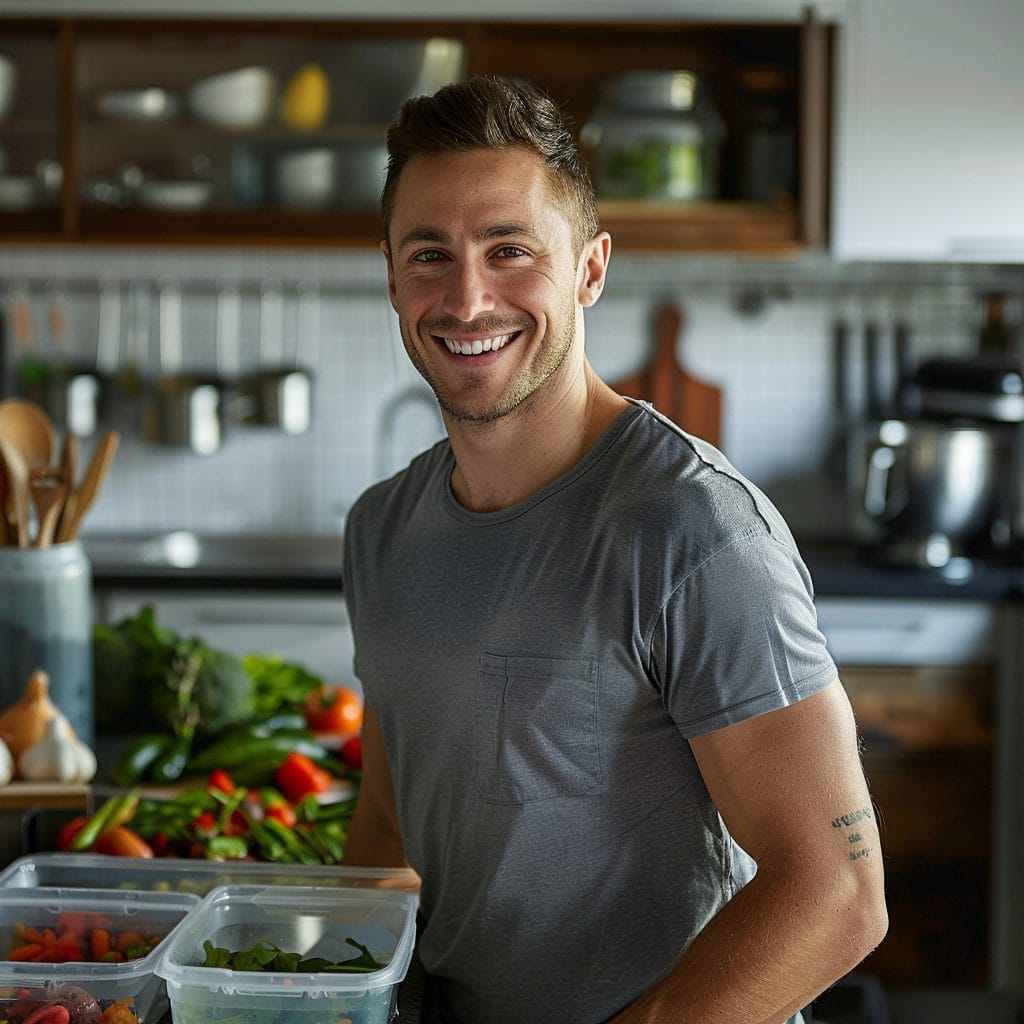
passionate about high-protein, easy meal-prep recipes for busy lifestyles.

